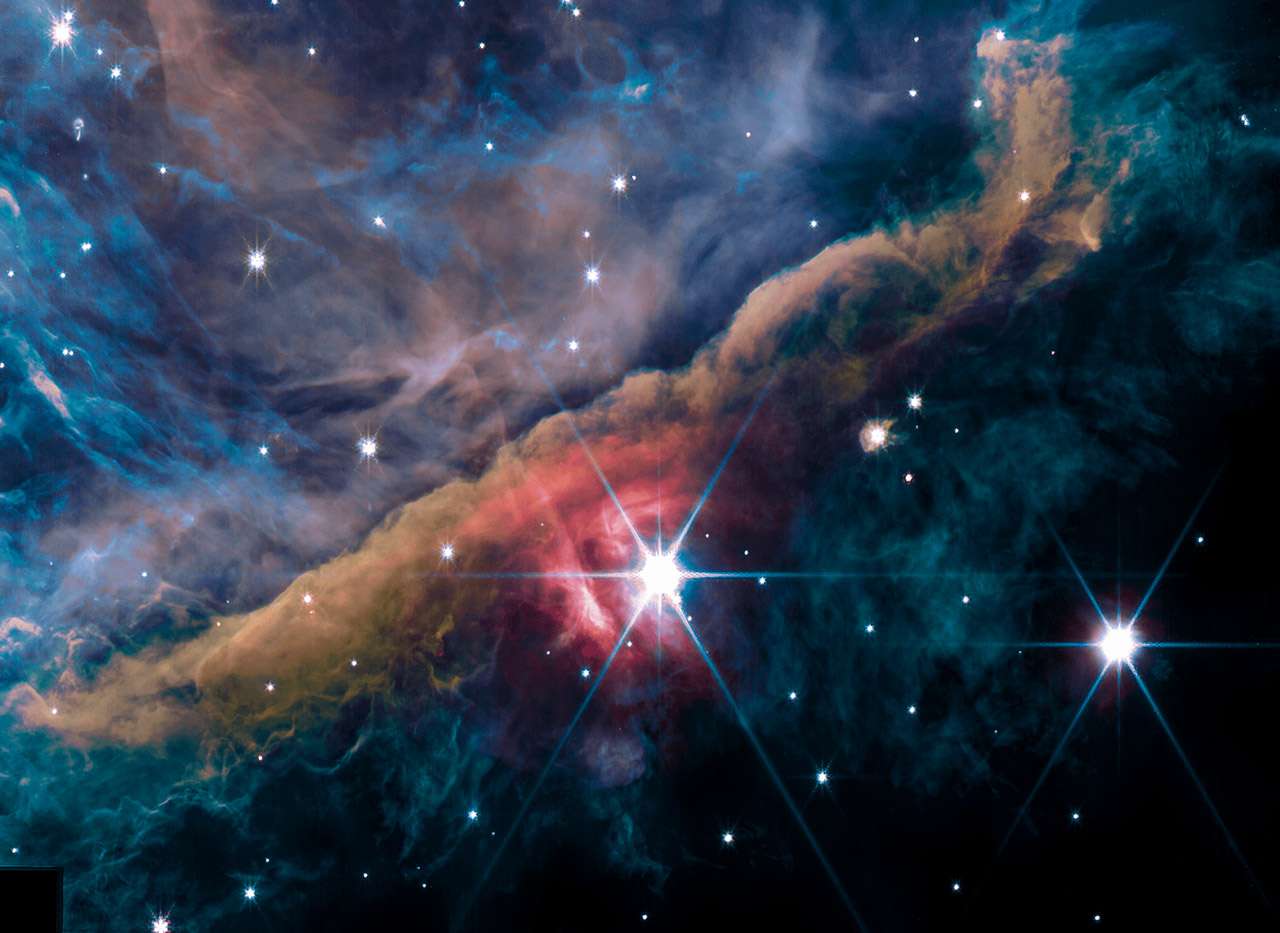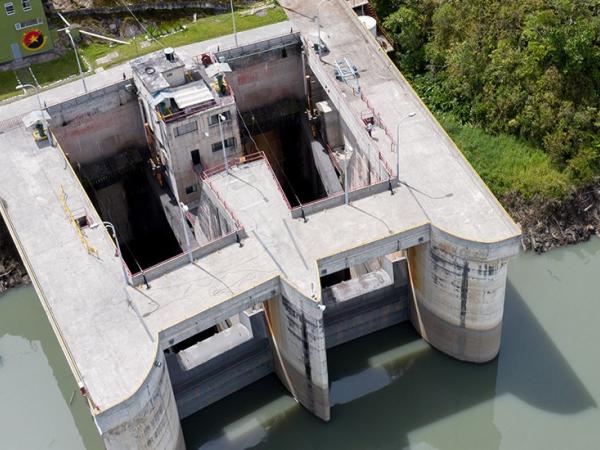The James Webb Space Telescope has sent back the first images of the Orion Nebula, leaving astronomers in awe, an international research team has revealed.
It is a wall of dense gas and dust similar to a huge winged creature, its jaws illuminated by a bright star as it rises through cosmic filaments.
The nebula is located in the constellation Orion, 1,350 light-years from Earth, in an environment similar to the birth of our own solar system more than 4.5 billion years ago.
The images were obtained as part of the Early Exit Science program and involved more than 100 scientists in 18 countries, with institutions including the French National Center for Scientific Research, as well as universities in Western Canada and Michigan.
“We are surprised by the impressive images of the Orion nebula,” said Els Peeters, an astrophysicist at the Universidad Oeste.
“These new observations allow us to better understand how massive stars transform the cloud of gas and dust from which they are born,” he added.
Nebulae are often obscured by large amounts of dust that are impossible to see with visible-light telescopes like Hubble., predecessor of the James Webb. However, the latter operates mainly in the infrared spectrum, which does penetrate dust.
https://www.youtube.com/watch?v=modyFtiA110
This allowed the unveiling of several spectacular structures up to a distance of 40 astronomical units or the size of our solar system.
These include dense filaments of matter that could spawn new generations of stars, as well as systems consisting of a central protostar surrounded by a disk of dust and gas in which planets form.
“We hope to better understand the entire cycle of star birth,” explained Edwin Bergin, chair of astronomy at the University of Michigan and a member of the international research team.
“In the image, we see this cycle where the first generation of stars radiates material for the next generation. The incredible structures we observe will detail how the feedback loop of star birth occurs in our galaxy and beyond.”
James Webb is the most powerful space telescope ever built, with a 6.5-meter primary mirror made up of 18 gold-coated hexagonal segments and a five-layer sunshield the size of a tennis court.

















